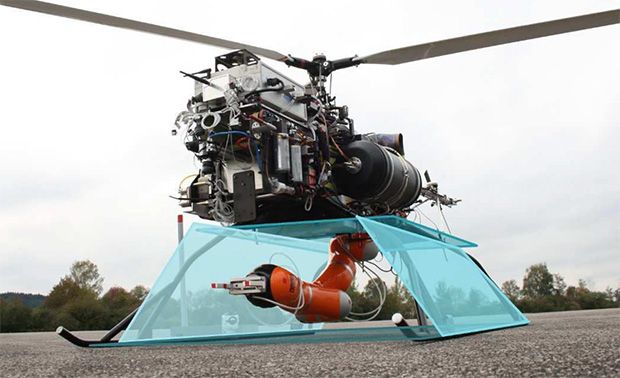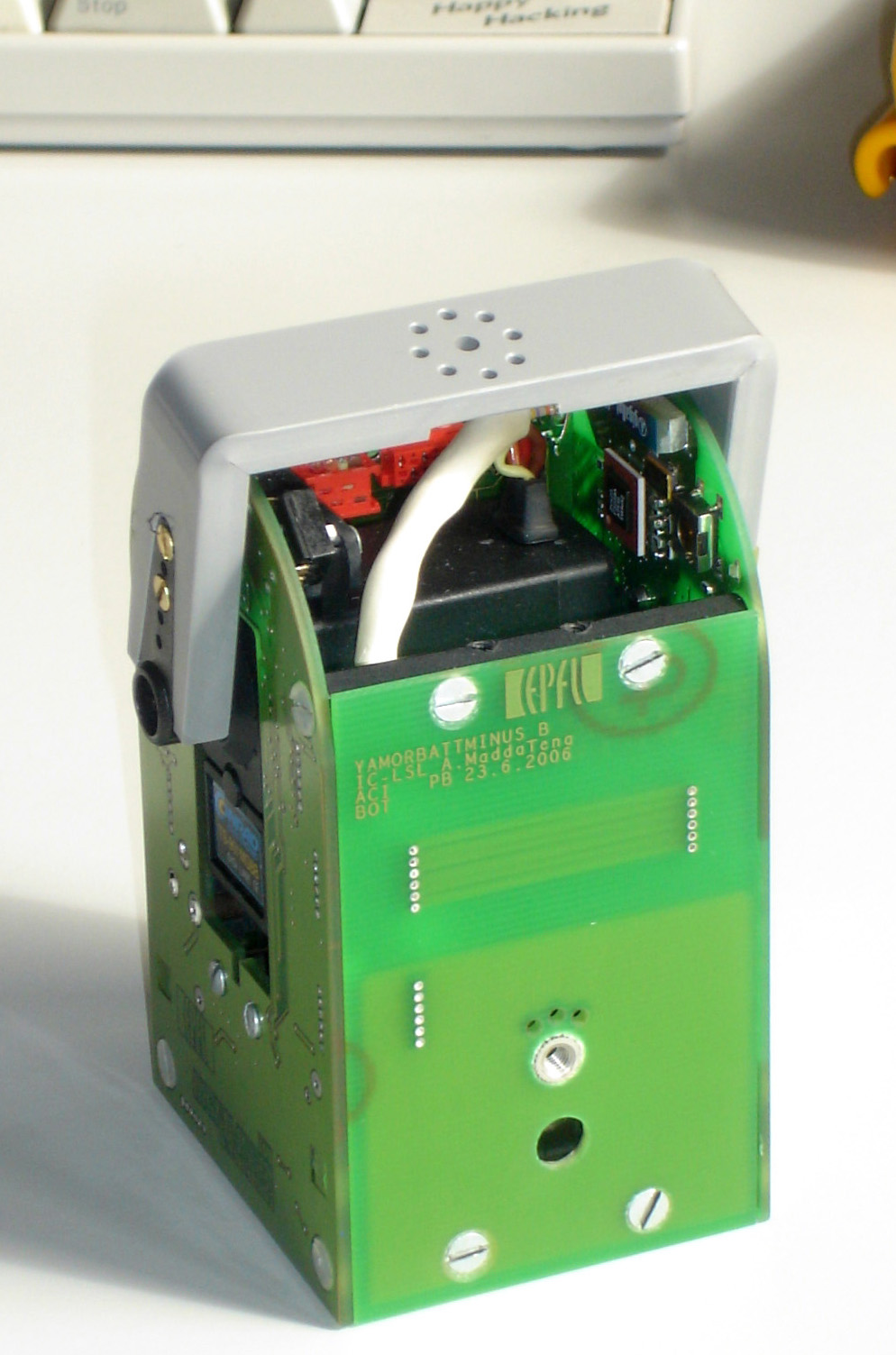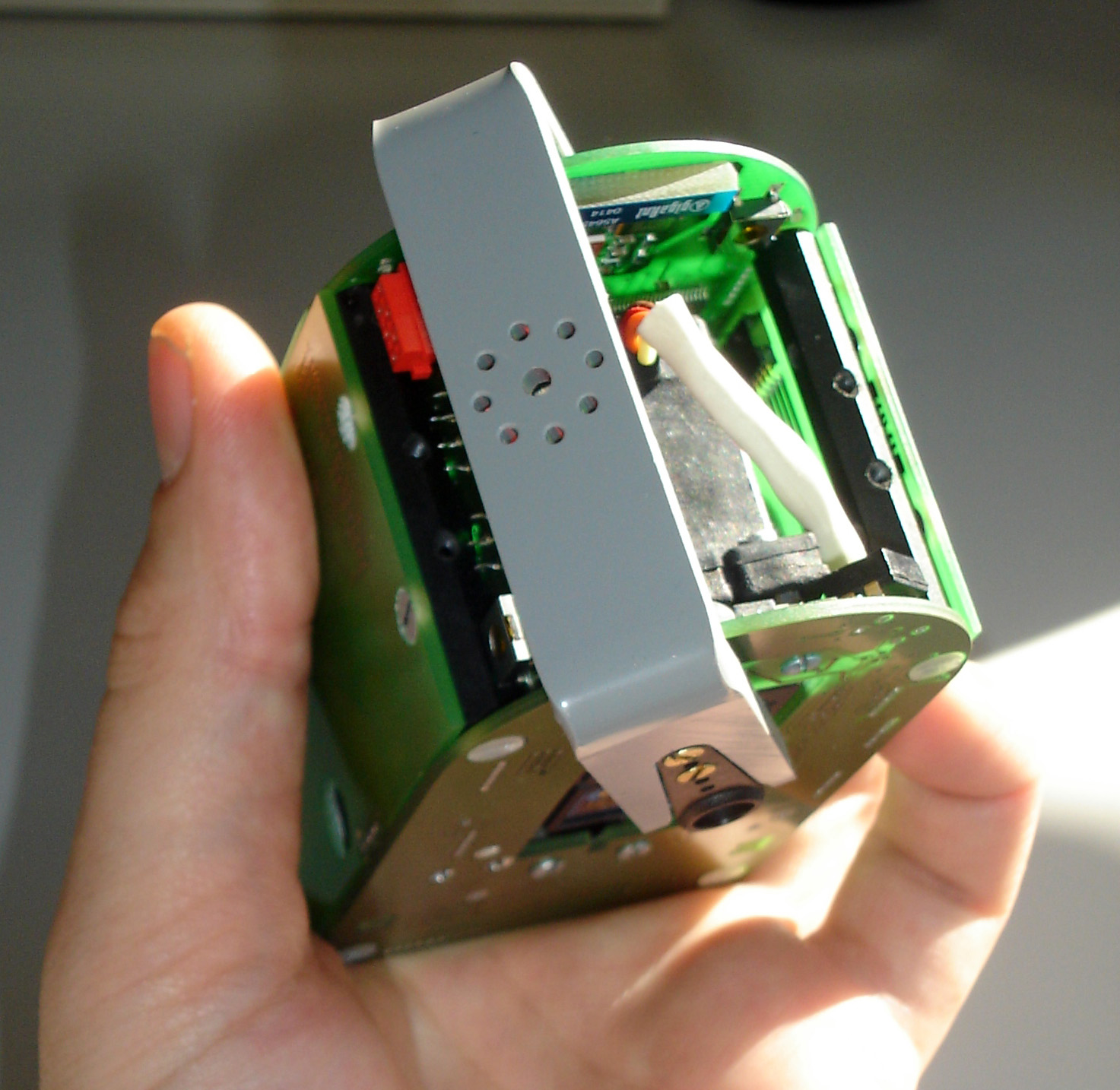ROS 2013: UAVs Get a Grip With Full-Size Robot Arms

As amazing as flying robots are, there's a limited amount of useful stuff that they can do today. Oh, they're great for surveillance and inspection, there's potential to use them to deliver stuff, and in some specialized circumstances we've seen them cooperatively building structures. But to really be useful in the way that we've come to expect from robots, they're going to need to be able to move a variety of objects at will, picking them up and putting them down whenever and wherever they need to. We saw some of the first examples of this at IROS, giving a whole new meaning to the term “mobile manipulator.”















